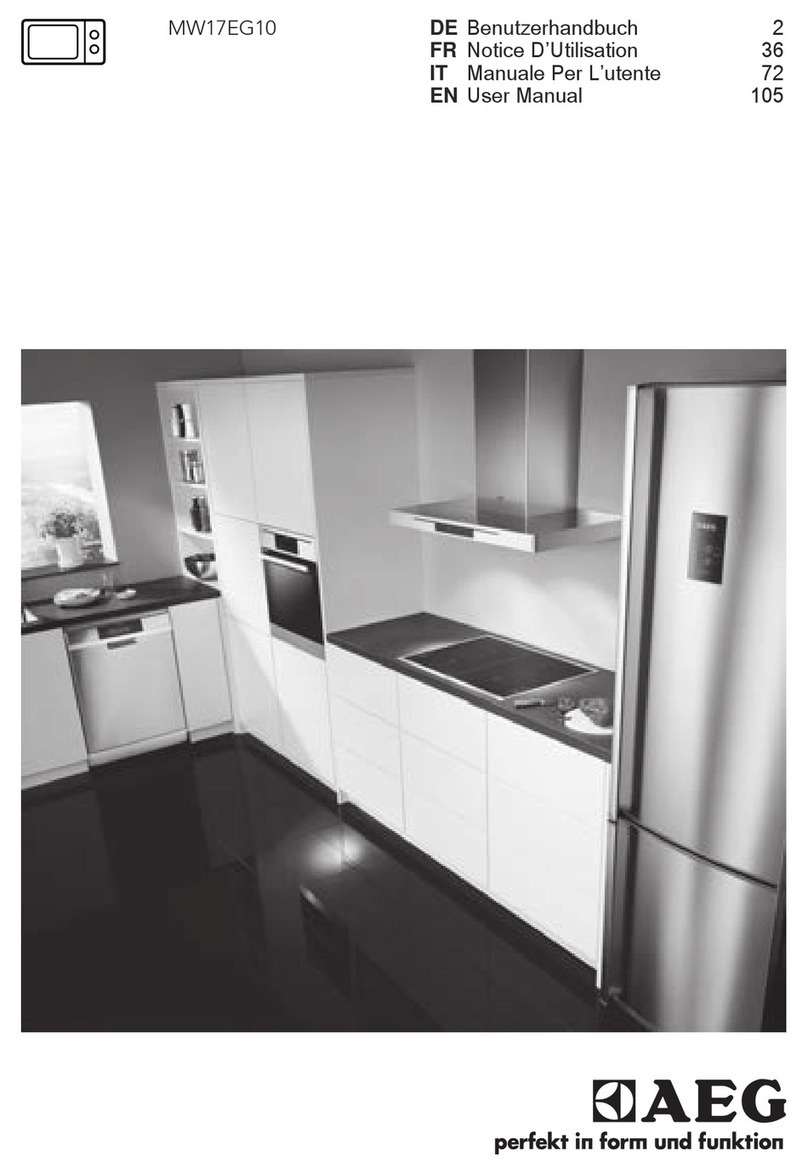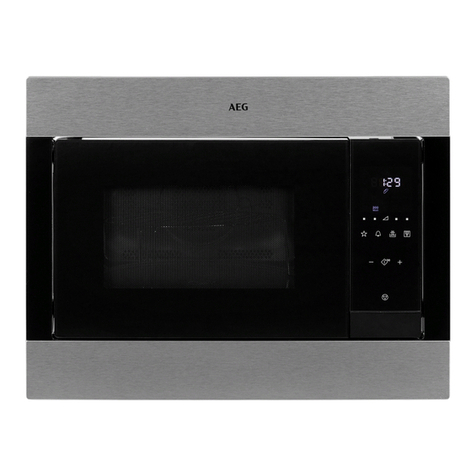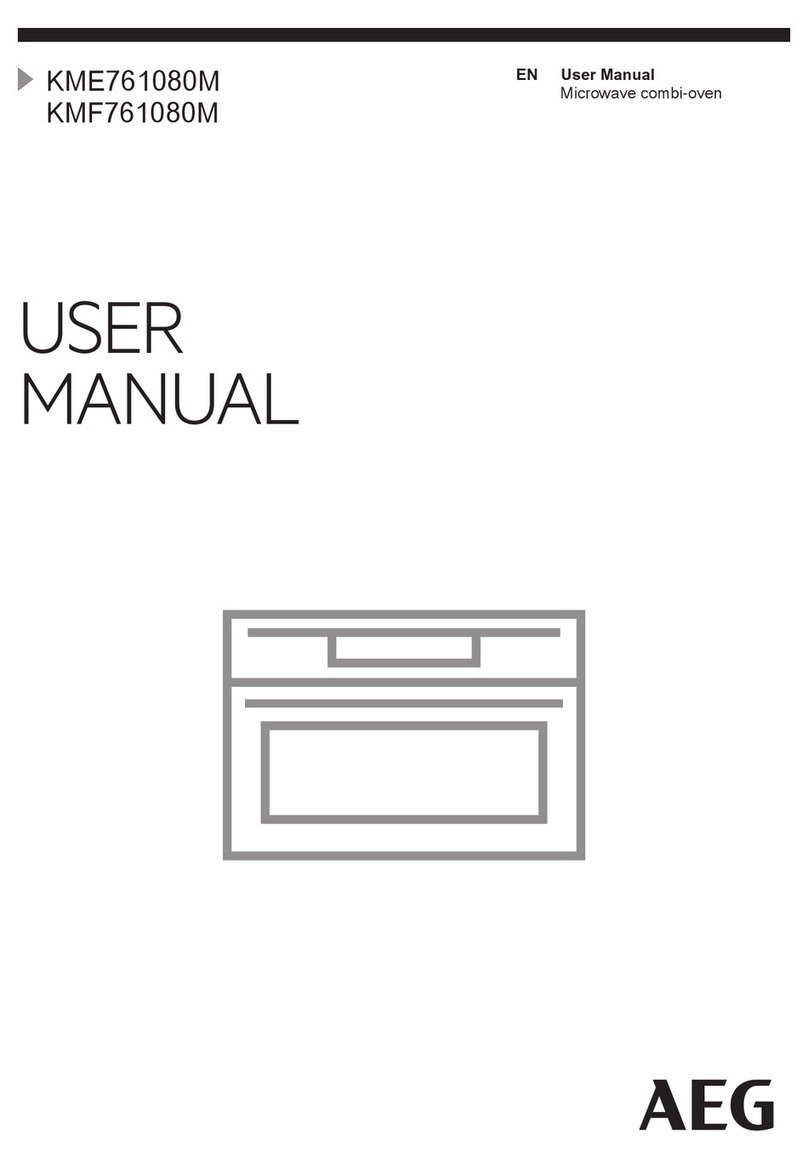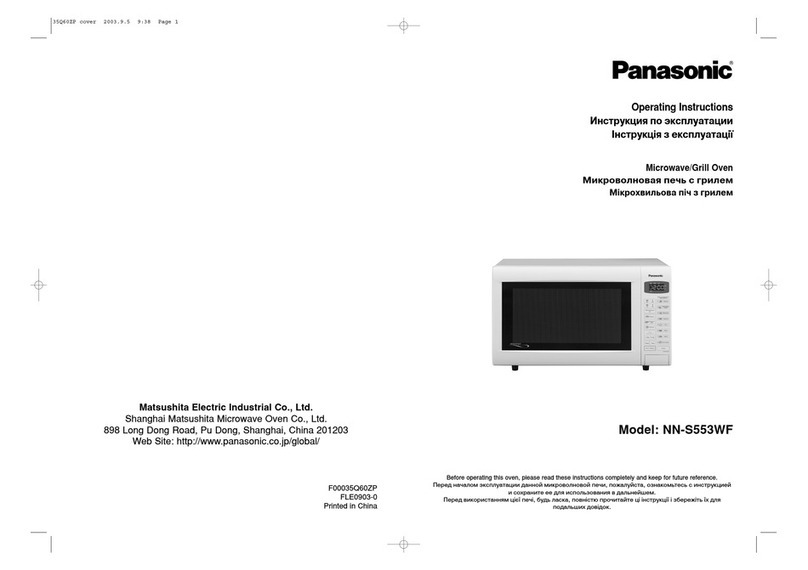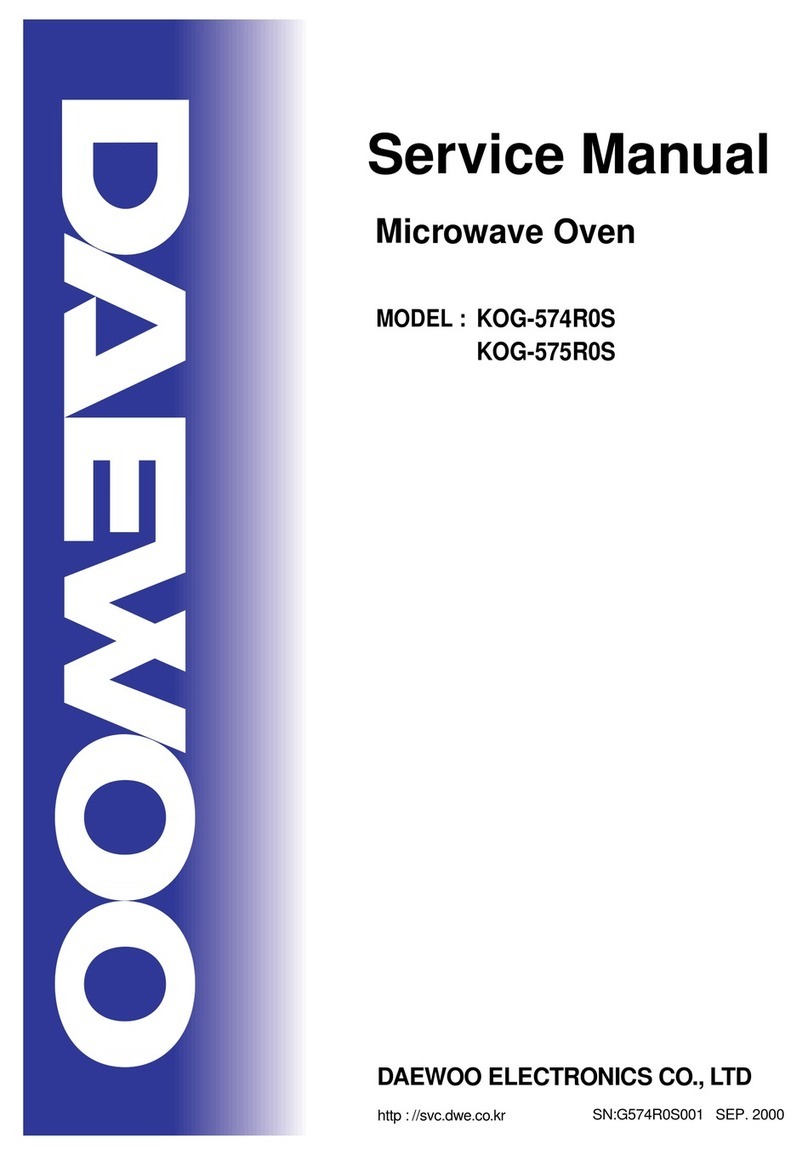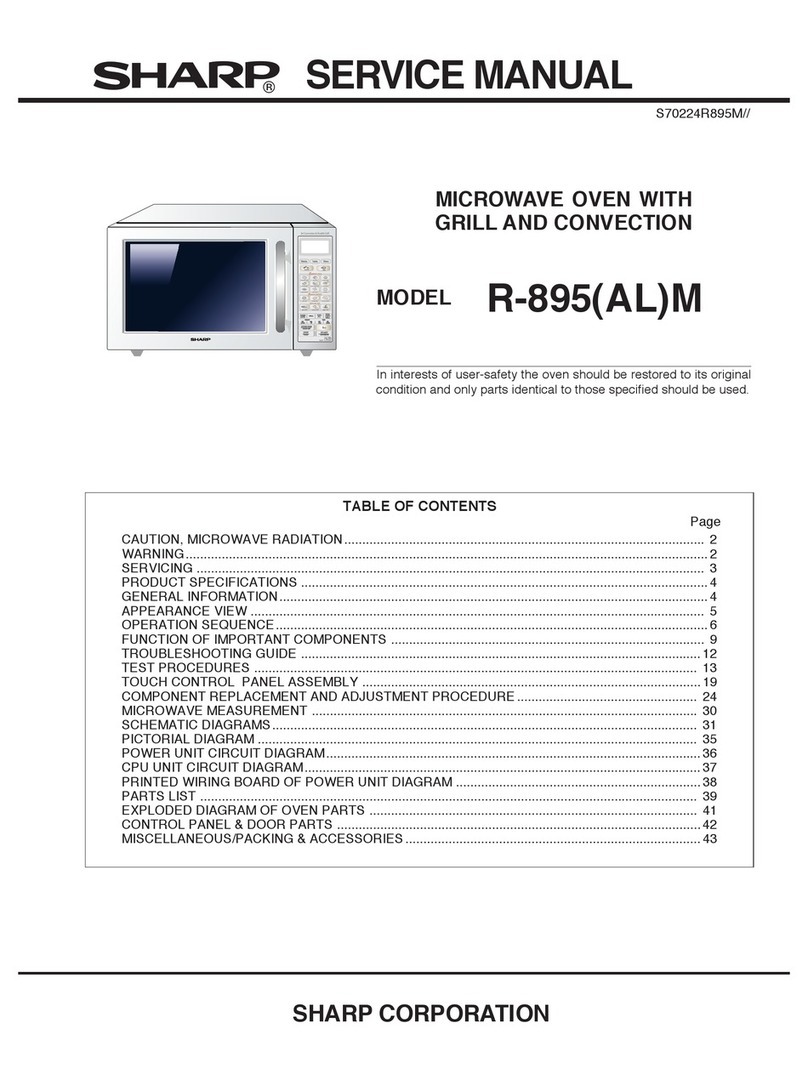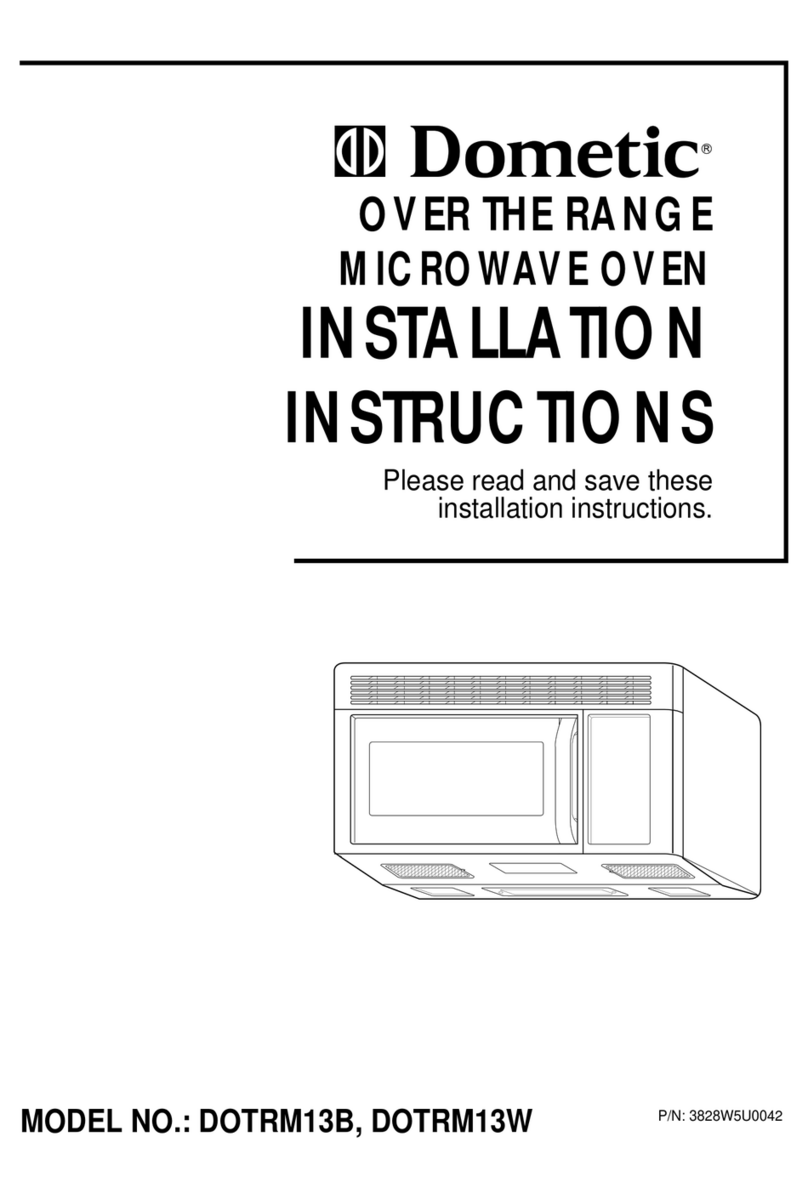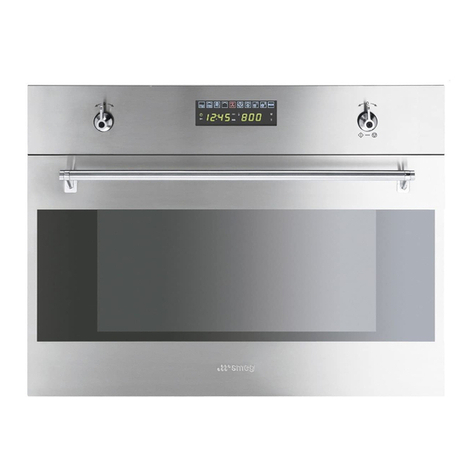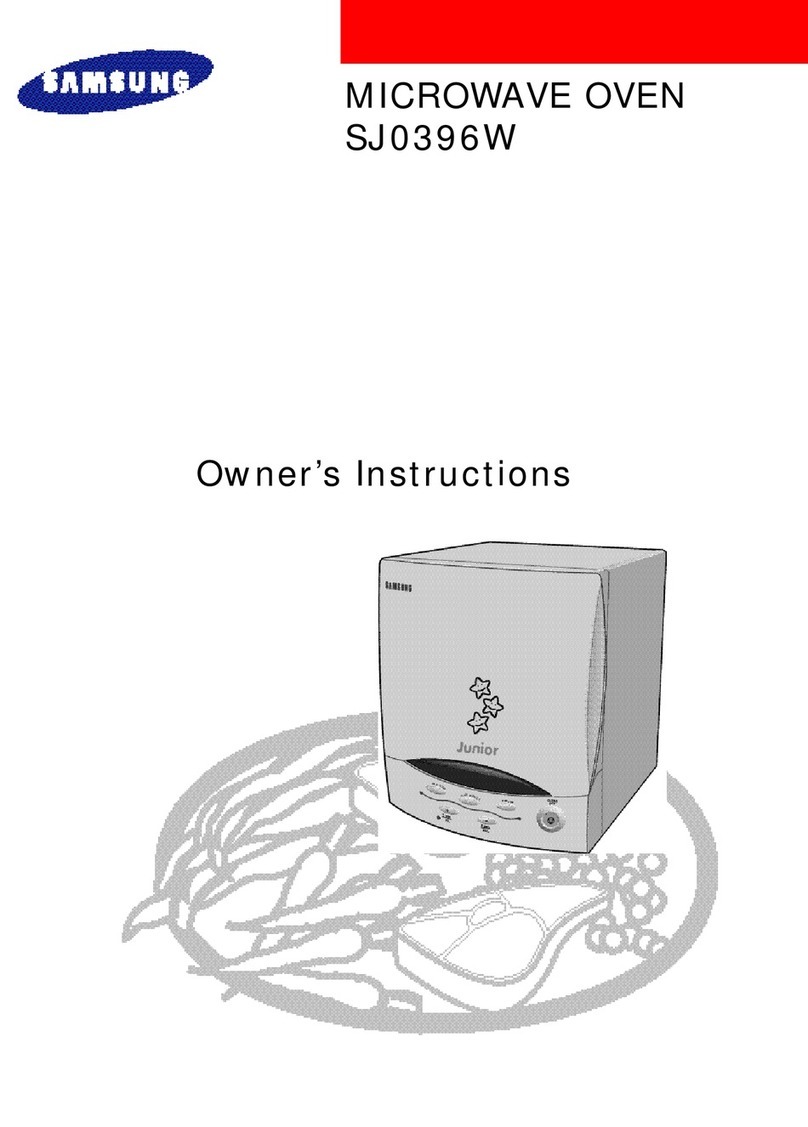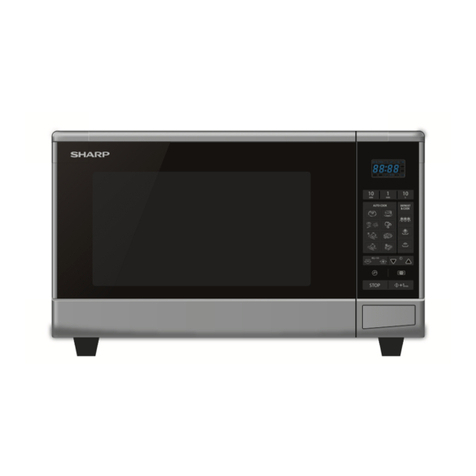AEG MICROMAT DUO 220 User manual
Other AEG Microwave Oven manuals
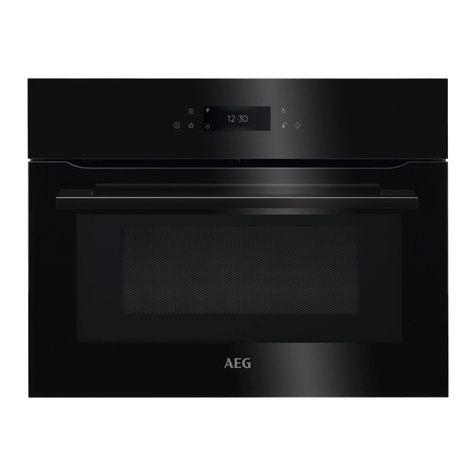
AEG
AEG KMK768080B User manual

AEG
AEG KM4400021M User manual

AEG
AEG MICROMAT COMBI 635 User manual
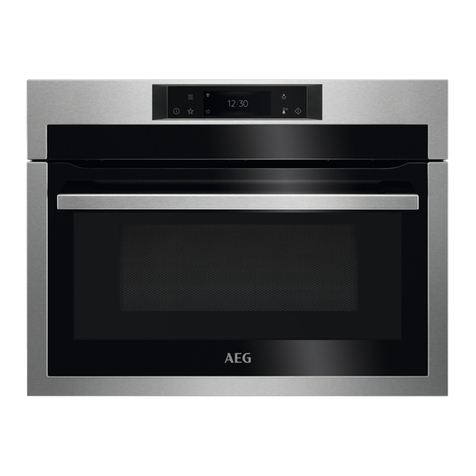
AEG
AEG BBB8000Q User manual

AEG
AEG MICROMAT-COMBI 32 TCS d/w User manual
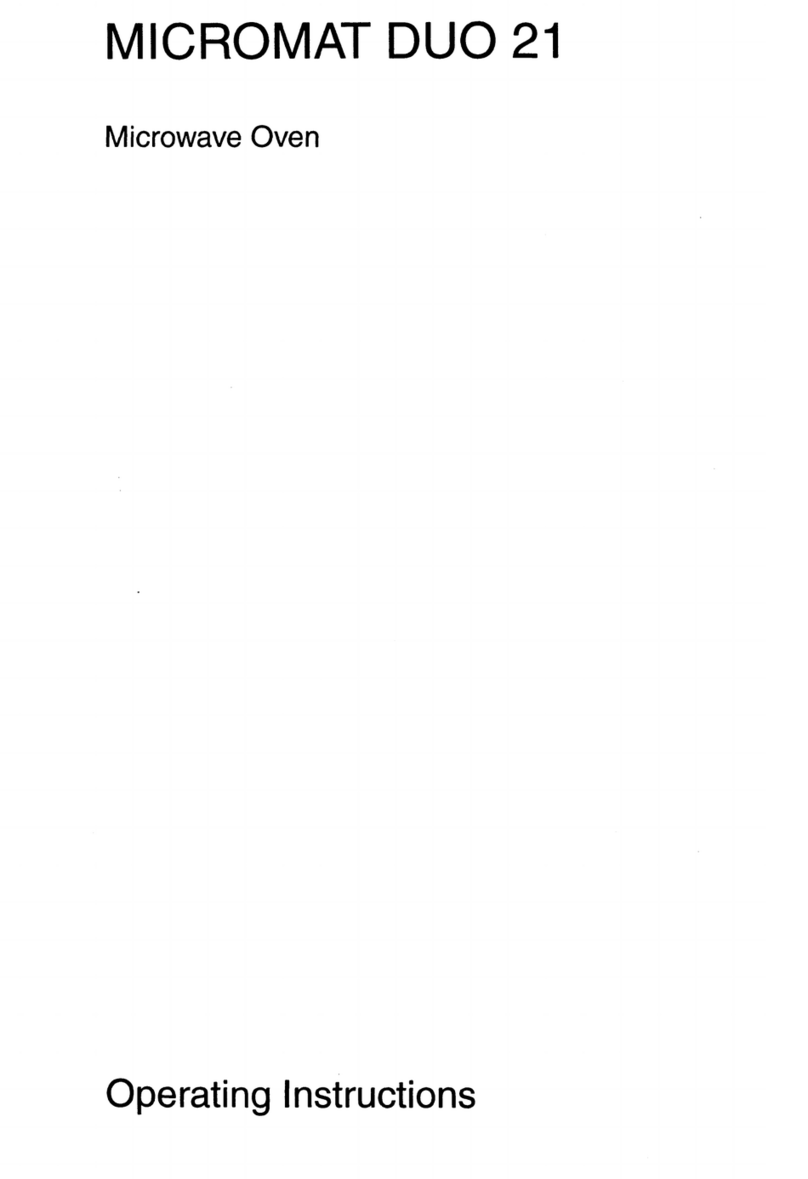
AEG
AEG Micromat DUO 21 User manual
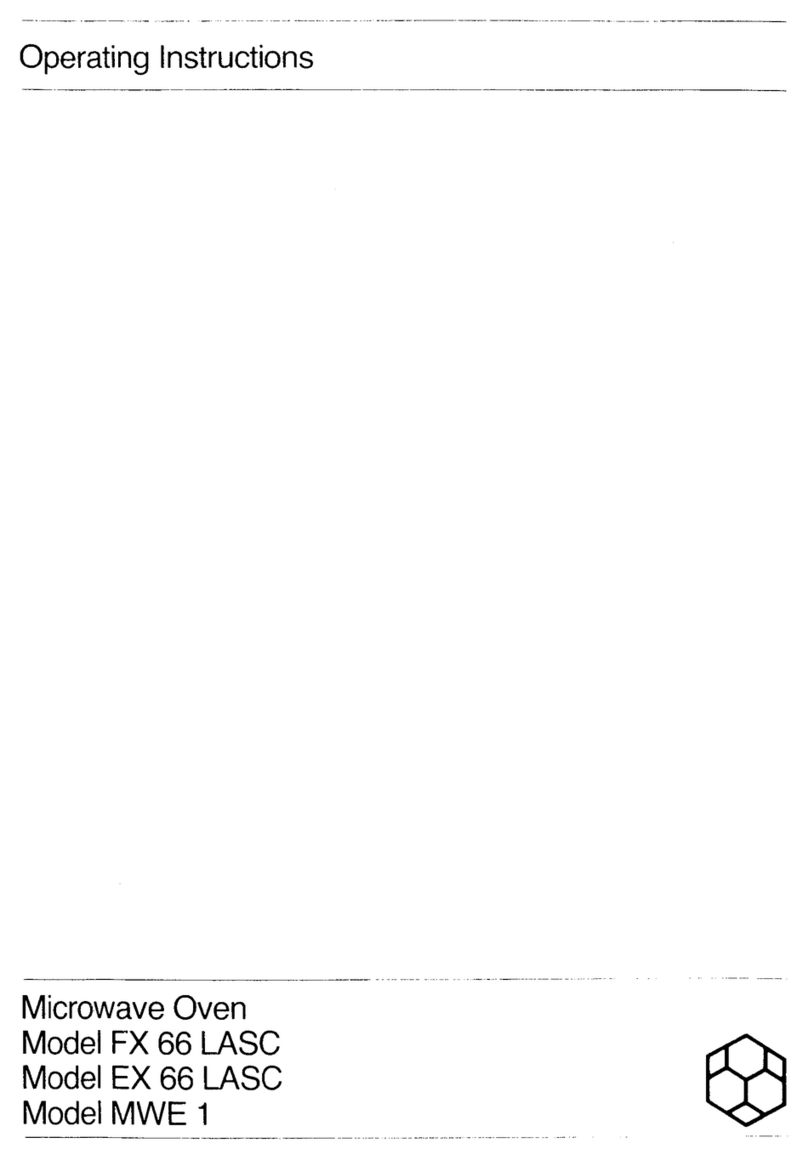
AEG
AEG MWE 1 User manual
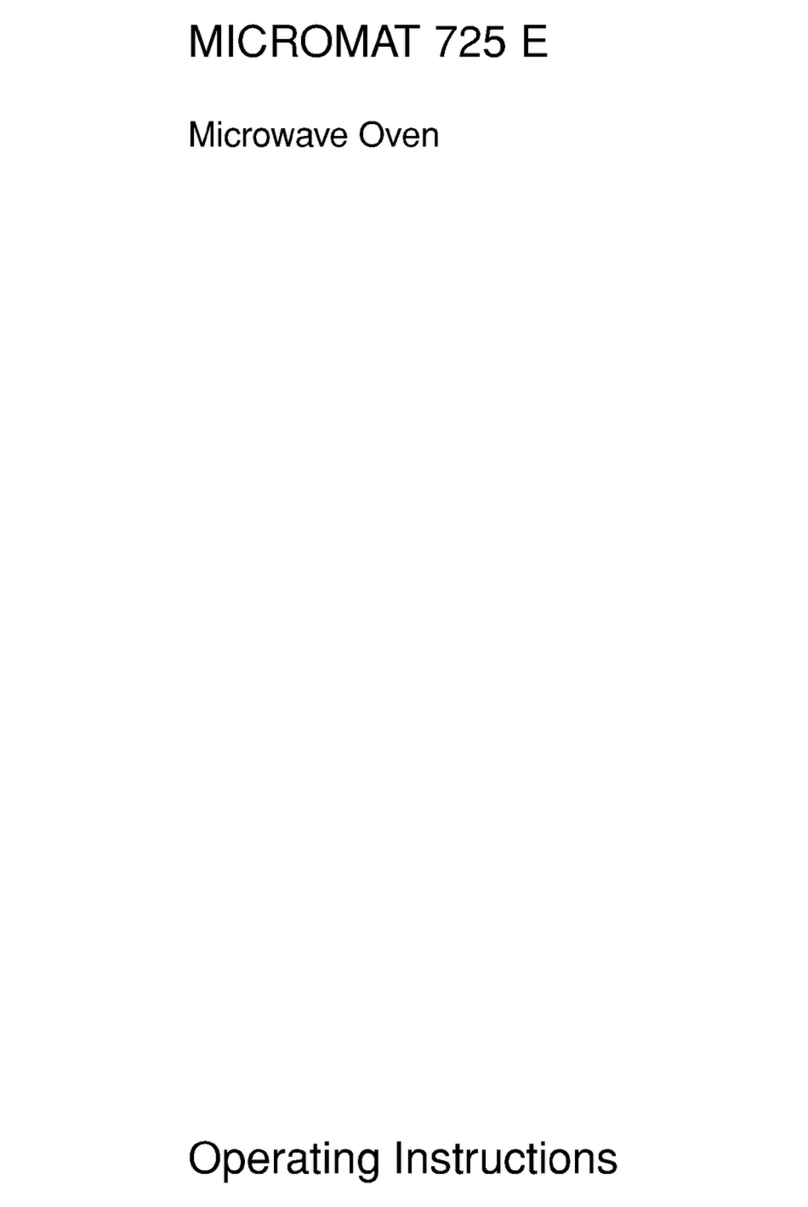
AEG
AEG Micromat 725 E User manual

AEG
AEG MICROMAT 125 User manual
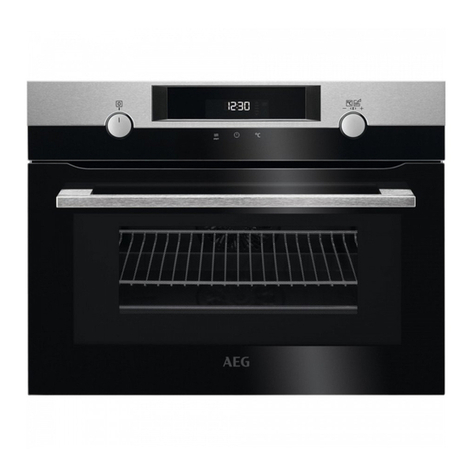
AEG
AEG CMK56500MM User manual
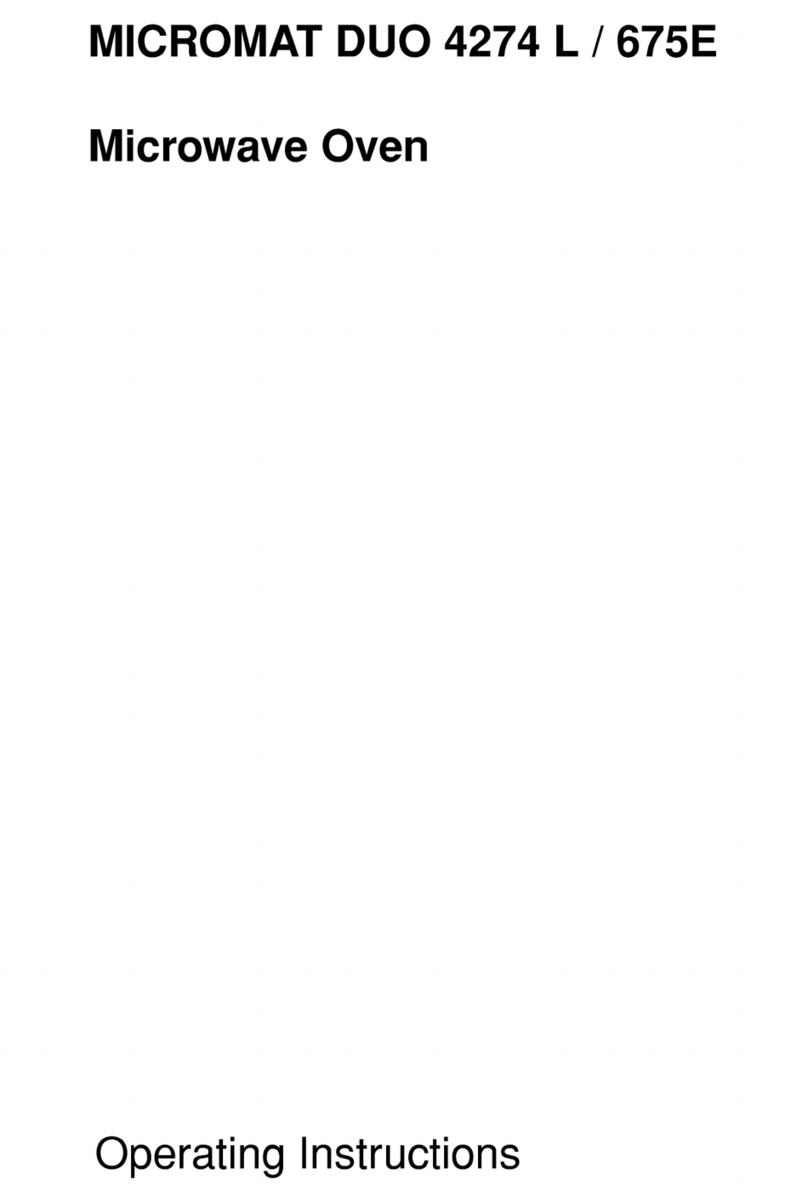
AEG
AEG MICROMAT DUO 675E User manual
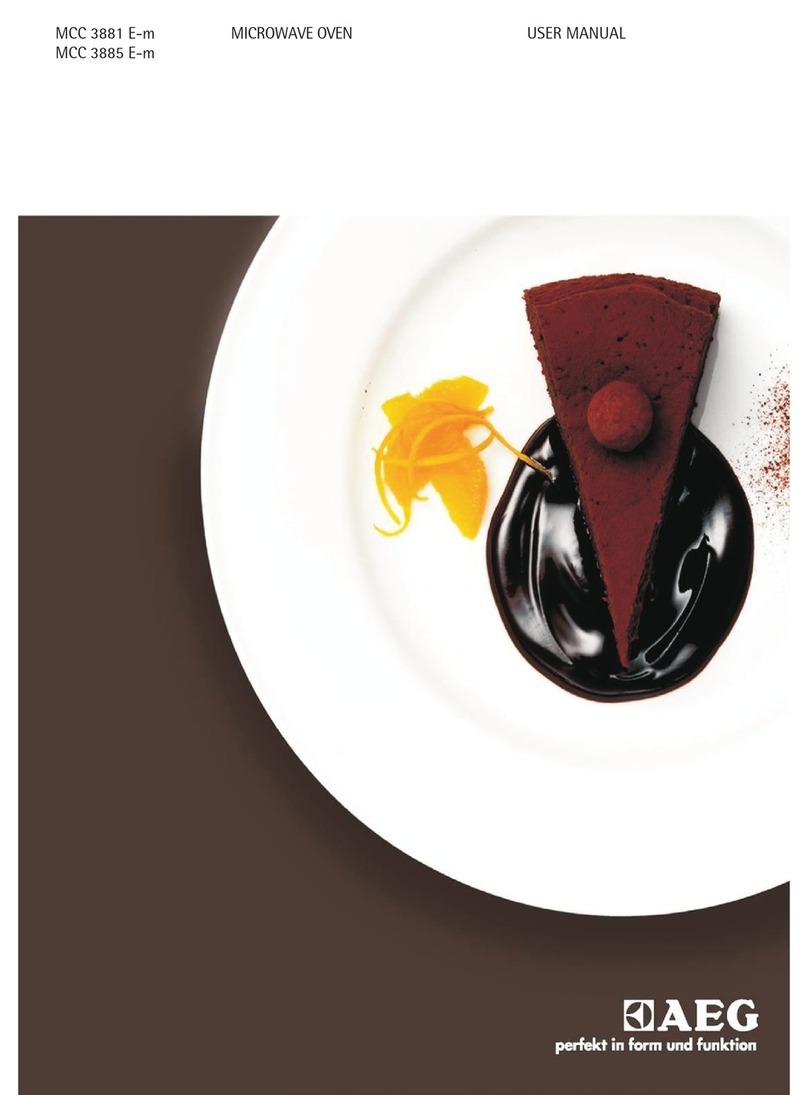
AEG
AEG MCC 3881 E-m User manual
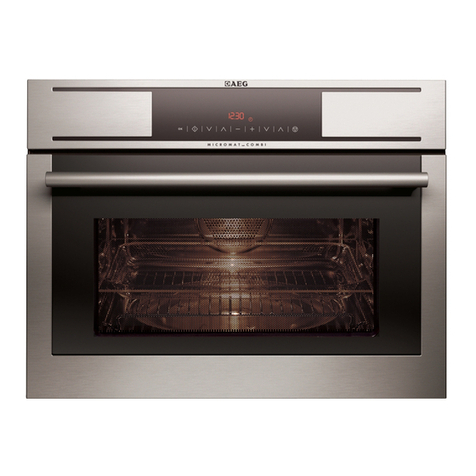
AEG
AEG MCC 3881 E-m User manual
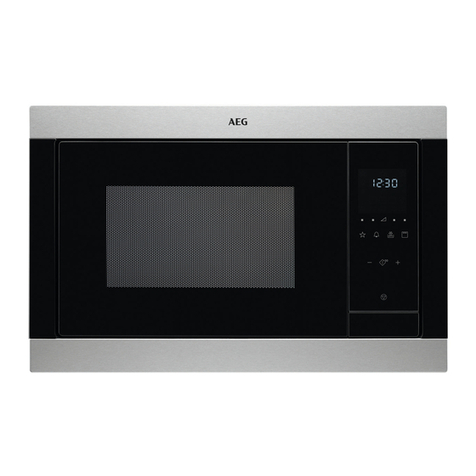
AEG
AEG MSB2547D User manual
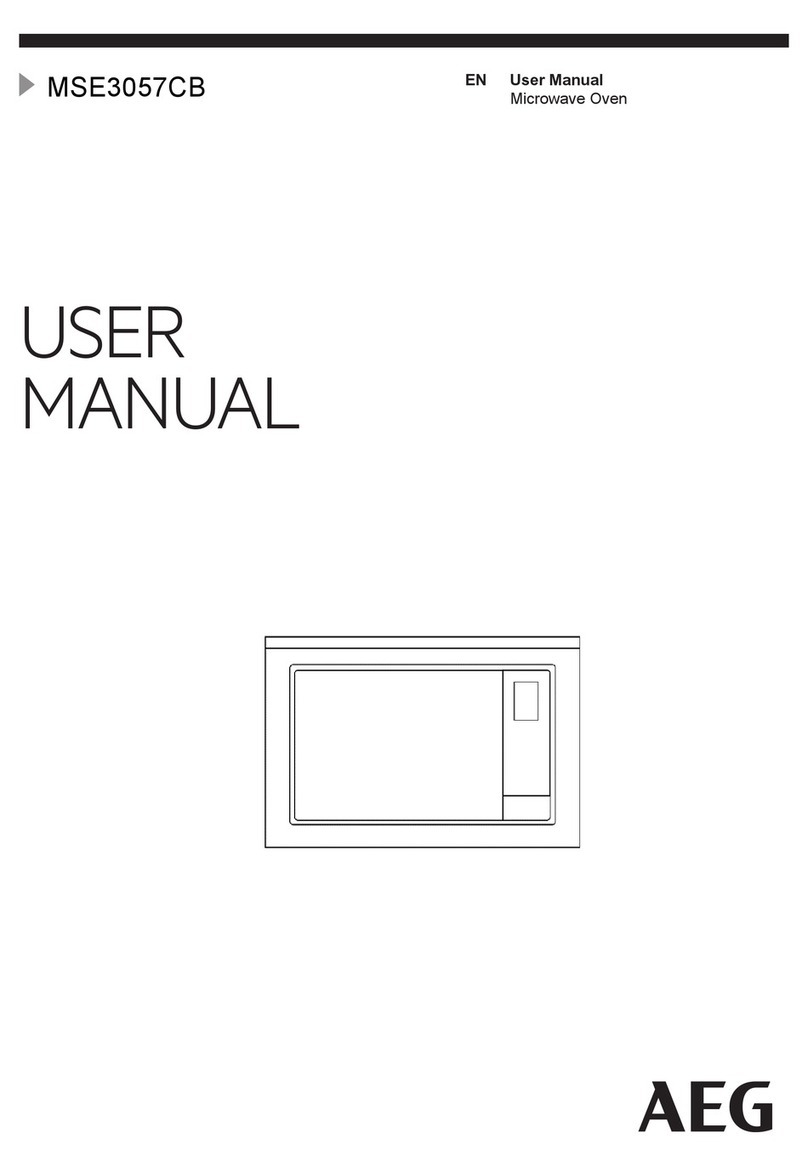
AEG
AEG MSE3057CB User manual

AEG
AEG KMS761000M User manual
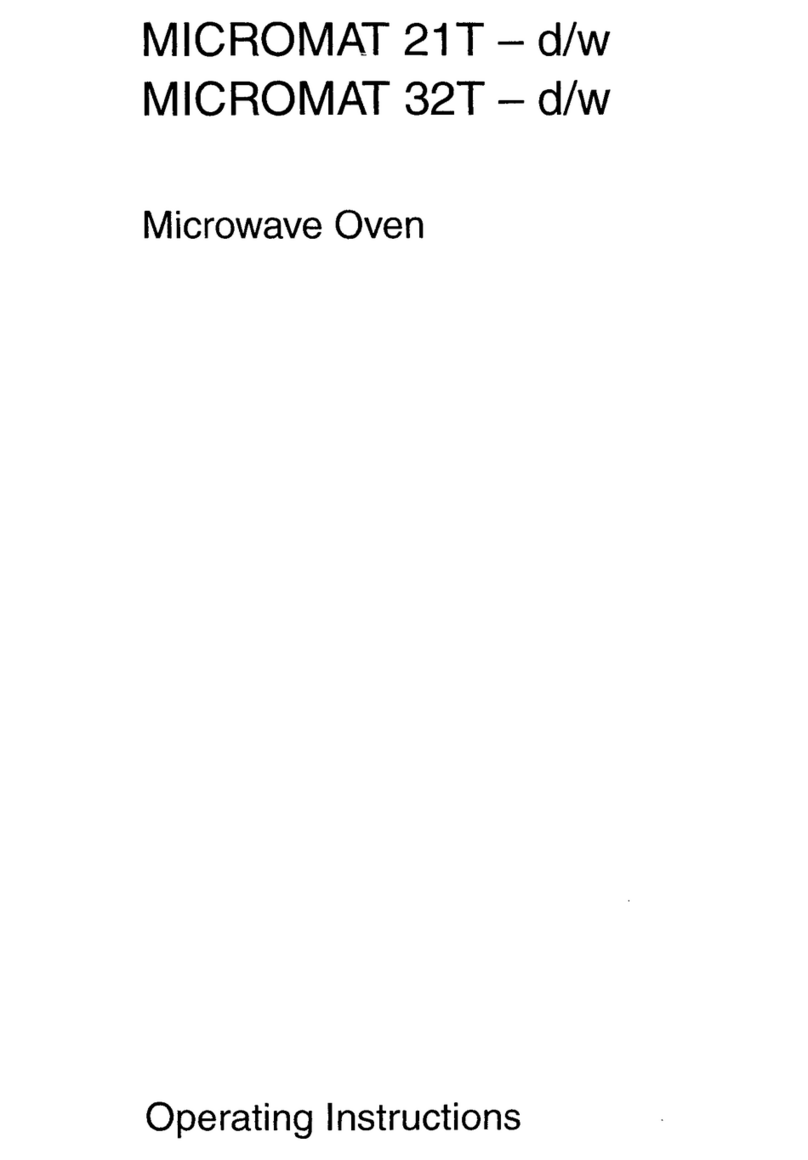
AEG
AEG MICROMAT 32T-d/w User manual
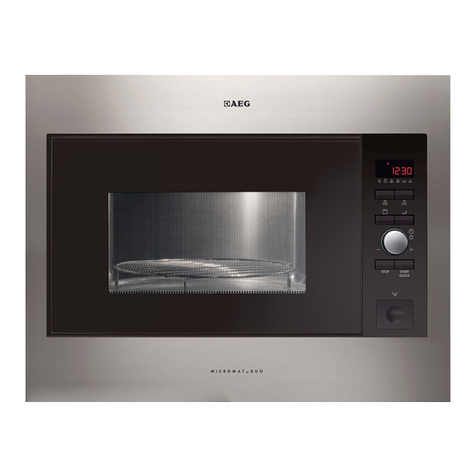
AEG
AEG MCD2664E User manual
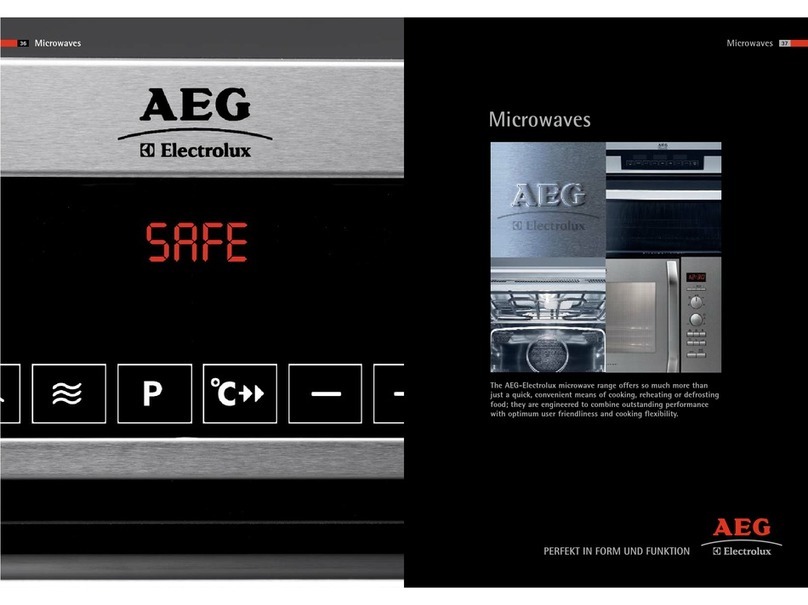
AEG
AEG MCC3880E-M User manual
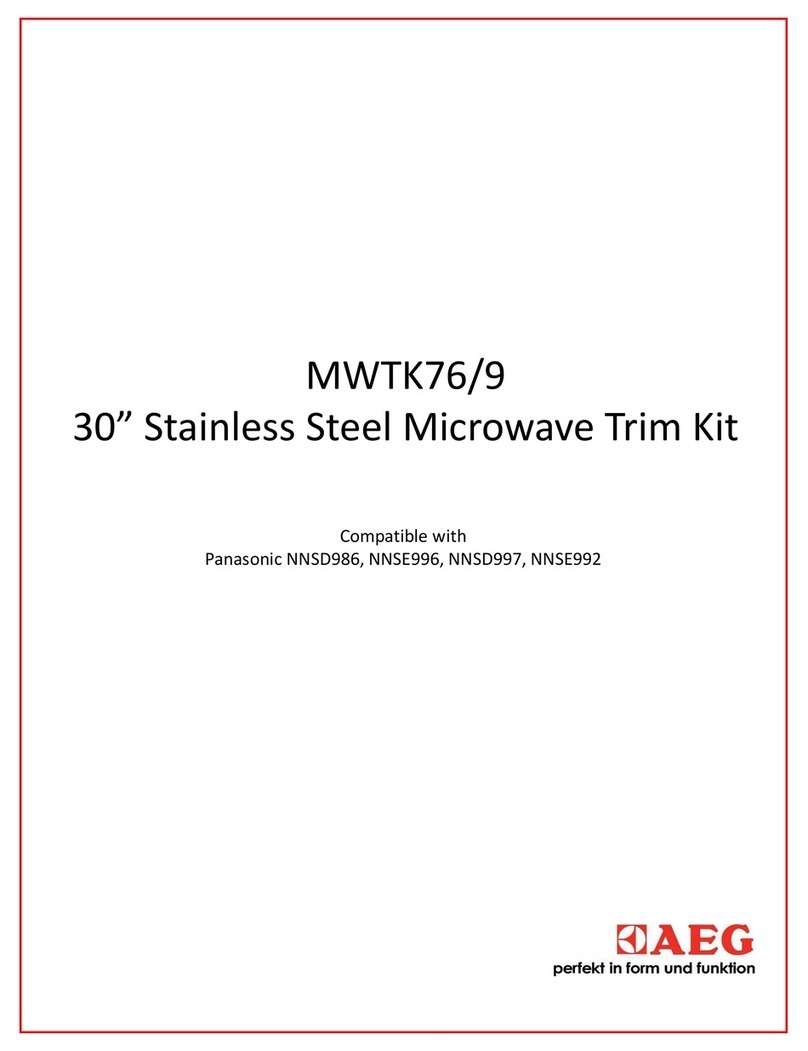
AEG
AEG MWTK76/9 User manual
